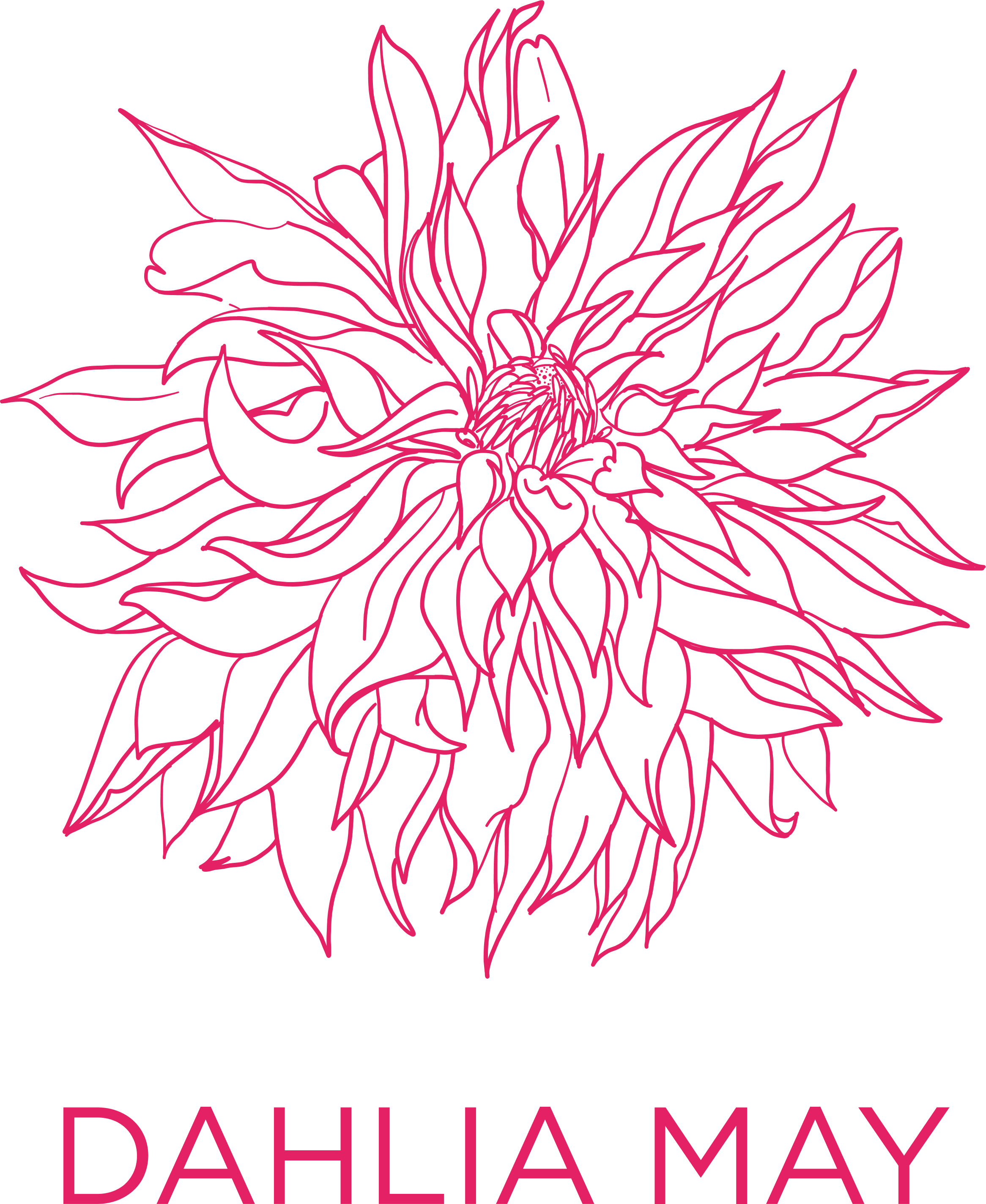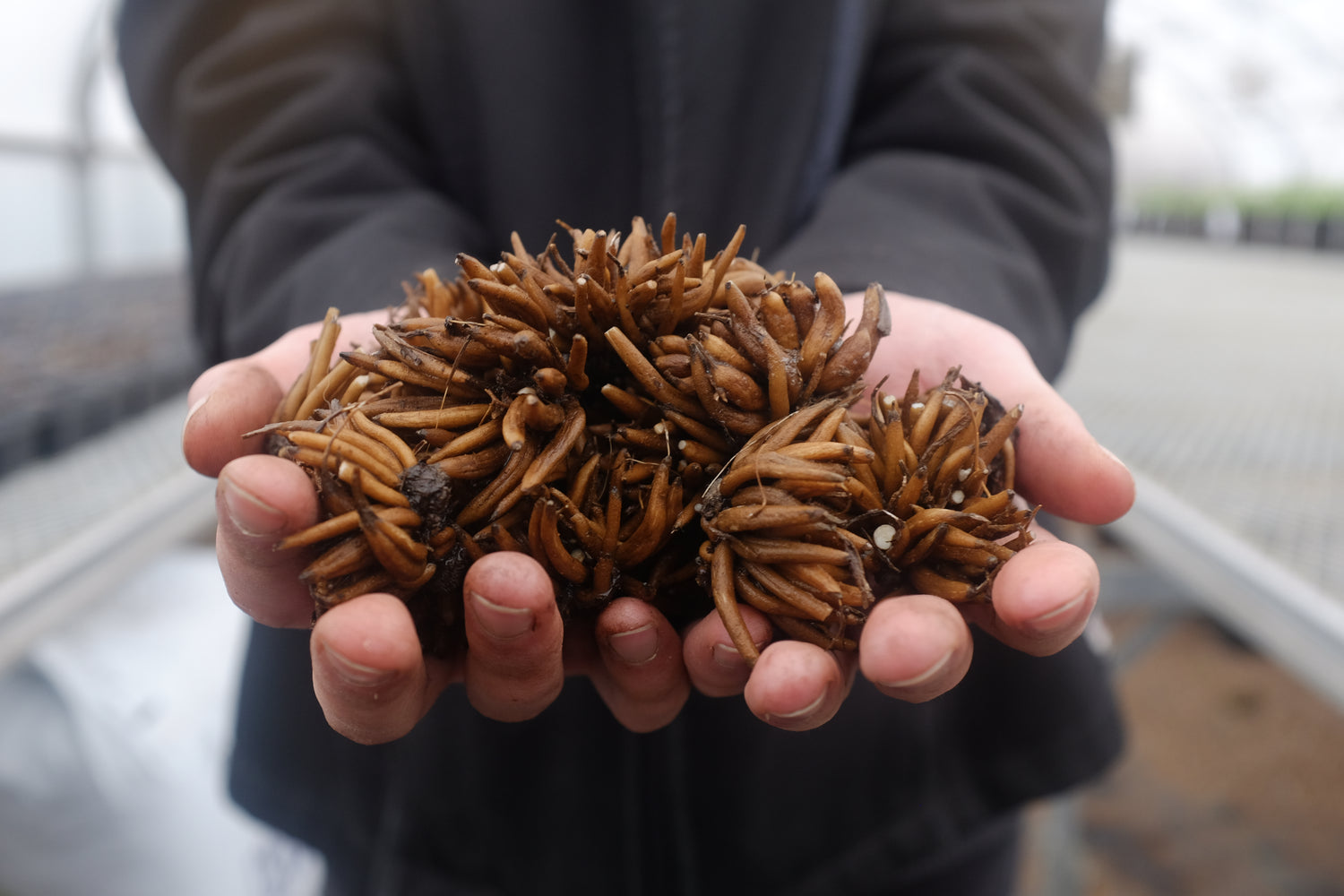It’s that time of year where we’re ALL thinking spring thoughts! And one of those spring thoughts might be trying your hand at growing your own Ranunculus and Anemones in your garden this year. These flowers are some of our most sought after cut flowers, and it’s so rewarding to have your own little catch of these beauties blooming in your own home garden!
Lots of questions often arise when it comes time to plant Ranunculus and Anemones, and with good reason. They are not quite as simple to plant as say, a tulip, but, with proper instructions the process is fairly straightforward.
We send a full set of growing instructions out with every corm order, and we’ve created a full growing guide over on our website, which you can find HERE.
Every spring we receive plenty of questions about the growing process, and we’ll try to answer as many of them as we can right here.
My corms were shipped in the middle of the winter, and it got COLD during the process. What if they froze during shipping? Will they still be ok?

No need at all to worry! Corms are dried up and dormant pieces of root. The closest similarity they would have would be to seeds. Similar to seeds, in the state they are in right now —dry and dormant—corms can be shipped without worrying about temperatures. Just like seeds are being shipped to gardeners all over the country right now, corms can be shipped too. The cold temperatures, and any potential freezing, won’t be an issue.
Phew!
Help, I think my corms have mould on them! Will they be ok?

Firstly, let’s get the elephant out of the room. These corms we are receiving? They’re ugly.
Downright unattractive in every way, and we can’t fault them for it. Unlike a tulip, who’s smooth and shiny bulb looks like a Hershey’s Kiss, full of the promise of a delicious spring bloom, Ranunculus corms —at first glance—don’t leave us with much to be inspired by. And yet, they are full of promise all the same. Some plants just choose to be a little mysterious with revealing their beauty, asking us to stretch our imaginations, and Ranunculus falls into this category.
When you receive your corms, they will be dried out and shrivelled up pieces of root. Often times, at the “crown” of the corm, you will see a little bit of grey/blue/white “fuzz“ or mold. This is completely normal, and nothing to be concerned about. We see this happen to our own corms often throughout winter storage, and it does not bear any effect on the success rate of your corms, sprouting, or the health of your future plants. This is purely a cosmetic issue, and as we’ve established, corms are not known for their cosmetic appeal.
Just as we do here at our farm, you can disregard these little bits of fuzz, store your corms in a cool, dark, and dry space prior to planting, and go ahead and soak your corms and follow the planting instructions in due time without cause for concern. We’ve never experienced this as an issue in sprouting our corms, in 8 years of growing Ranunculus.
How should I store my corms until they are ready to plant?

Treat your corms like you would your garden seeds, and store them in a cool, dark and dry place over the winter. You’ll want to keep them away from humidity and moisture (don’t store them in a greenhouse), and out of direct sunlight. Most importantly, you’ll want to store them where you don’t forget about them! Keep your corms in the packages you received them in, and put them with the rest of your spring seeds. A mud room, a pantry, or a basement would all work just fine. Pop a little calendar reminder in phone, two months BEFORE your last frost date, to pull these corms out of storage and get them started!
What if I forgot to plant my corms from last year? I’ve left them in their packages, are they still ok to use?

It happens to the best of us: we spend the winter immersed in seed catalogs, browsing beautiful online shops, excitedly planning our spring gardens on these long dark winter days. Our orders begin to arrive, and it feels like a second Christmas! We tuck all of our goodies into a safe place, eager for the days when we can pull them back out to officially kick off spring…and then—life happens. We get busy, we get absent minded, and best laid plans fall to the wayside as we deal with so many of the less exciting aspects of life: laundry, school assignments, work, picking up the kids, planning March break activities, and what the heck we are going to make for dinner.
We forget all about those corms we’ve tucked away, only to stumble upon them next winter. Here’s the good news: It’s ok! You can still soak and plant corms that you’ve kept from last year. While the germination rate may have diminished a little, these corms will still be viable! On several locations, here, at the farm, we’ve had access forms left over from the following year, which we’ve kept over the summer and winter, and started the next spring. These forms have still grown healthy and beautiful plants for us here at the farm. While we make sure to only send out fresh inventory to our customers, For our own growing purposes, we are slightly less discerning, and we’ve certainly used forms that are left over from the previous season.
Waste not, want not! If you’ve forgotten your corms in the past, go ahead and soak them, and plant them this spring!
When should I start my corms? 
It depends where you live, and what gardening zone you’re in. The best way to figure it out? We recommend counting 8 weeks back from your last frost date to find out when you should be starting to soak your corms indoors.
At our farm, here in Southern Ontario, our last frost is typically in mid May. Counting 8 weeks backwards means that we start our corms here in Mid March, planting them outdoors in mid April.
As a general guideline (remember, you’ll count back 8 weeks from your own last frost date for your exact timing):
Zones 1-3: Start mid-late March
Zone 4-6: Start late February-early/mid March
Zone 7-8: Start in the fall, plant outside in the fall, and overwinter your corms in the garden.


